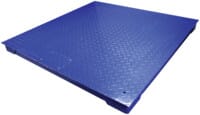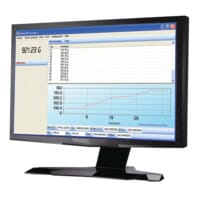
Whether you’re a new farmer or looking to improve your operations, weighing your livestock is critical for farm management. This blog will explain why weighing livestock is so crucial, as well as provide some methods and tips for weighing properly.
Why Livestock Weighing is Crucial
You may know successful farmers who have never weighed their livestock. While it’s certainly possible to manage without utilising weighing scales, incorporating these tools in your day-to-day makes monitoring animal health, optimising feed efficiency, managing breeding, babies and selling meat significantly less difficult. Without weight data, these tasks involve a lot of time-consuming trial-and-error to learn what works best. By incorporating weighing scales into your daily routine, you can streamline these processes and improve your business’s efficiency.
Monitoring Health
The weight of any animal naturally fluctuates over time based on their activity levels, food and water intake and excretion. Small weight changes are normal on a day-to-day basis, so it’s important to understand your livestock’s average weight to identify significant deviations.
To track weight effectively, you must establish a baseline weight for your livestock. If you only have a few animals, you can track each one’s weight individually. If you have a large herd, you could record individual weights on our and then calculate the average weight for the entire group. Calculate the averages for all males and all females separately.
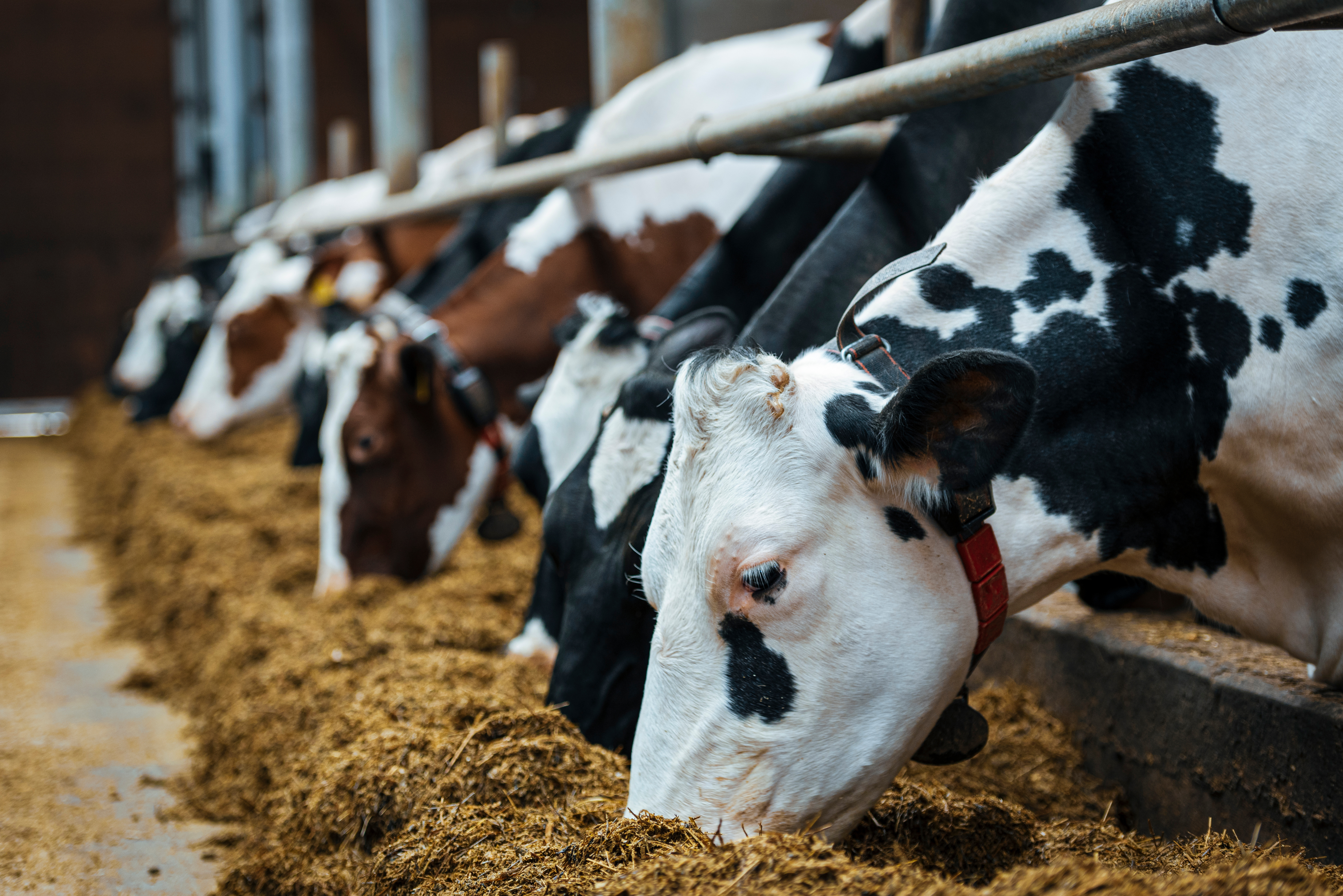
Now that you’ve determined both individual and average weights, it’s much easier to identify individuals that have deviated outside of the normal healthy range. In general, if the animals gain or lose more than 7-10% of their body weight, there may be a problem. They may have a parasite or disease, developed a pregnancy or they’re being bullied out of food by the rest of the group. The faster the deviation is recognised, the more quickly it can be resolved. This saves you time and trouble, particularly if the animal in question turns out to be suffering from something transmissible to the entire herd.
Feed Efficiency
Understanding your livestock’s average weight also helps you determine whether you’d like to cut or increase their food intake. Weighing their feed on a floor scale such as our can help you make informed choices on how much food you should provide to get the livestock to your desired weight. And don’t worry about messes or spills – the Gladiator is IP68-rated waterproof, so it’s extremely easy to clean.
Mature farm pigs, for example, should eat about six to eight pounds of food a day – each. If you have ten pigs, that’s 60 to 80 pounds of food every day. That’s a serious expense, so you want to ensure you’re not wasting your money by only providing the amount of food necessary. Weighing the feed helps make sure they’re getting the right amount – no more, no less.
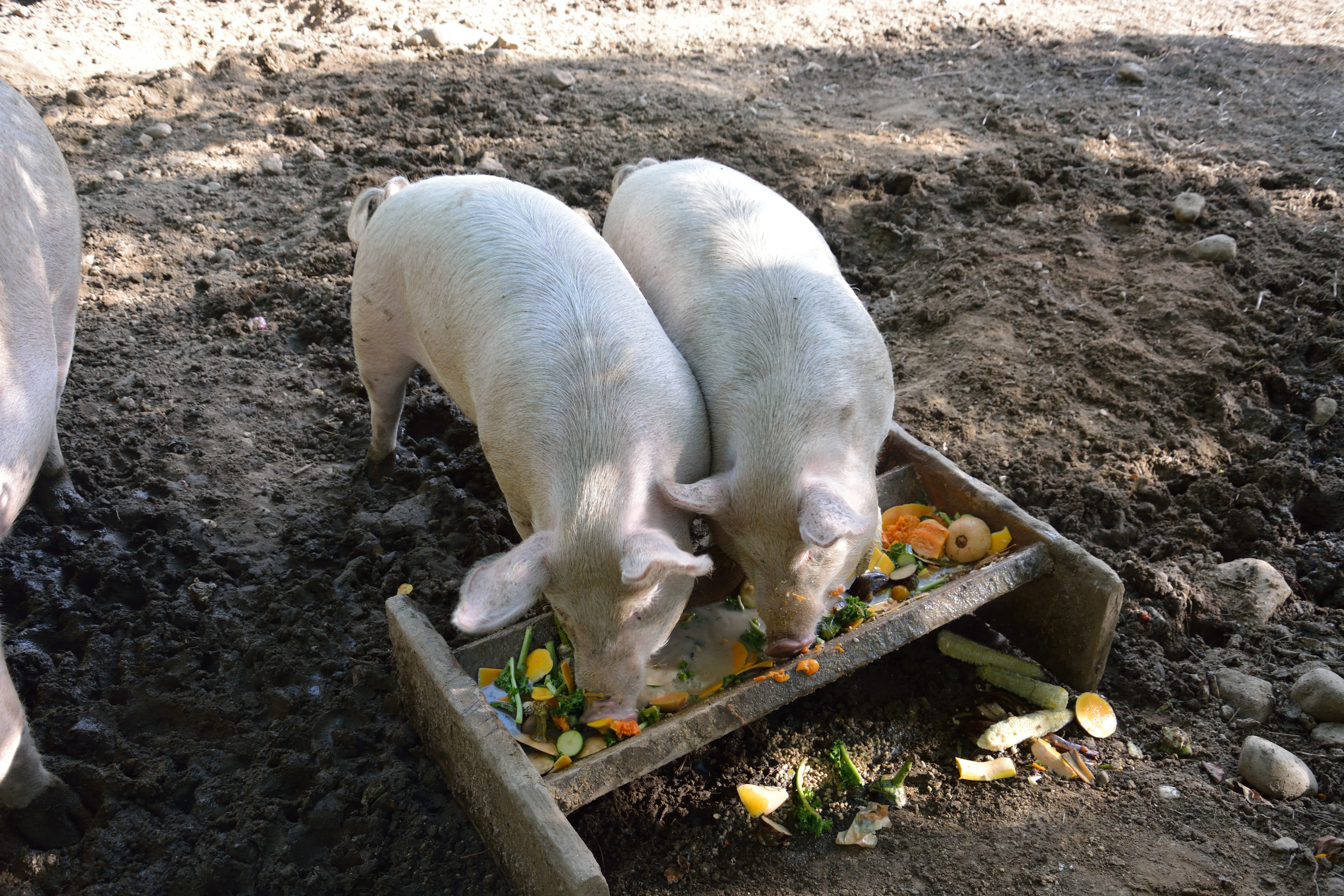
To check whether your changes are getting the desired results, weigh your livestock regularly. If you need to give them more food, you’ll know before wasting too much of your time. If you need to give them less, it could save you money sooner. It may take some trial-and-error to determine the right amount to raise or lower their weights, but collecting weight data informs each trial and makes the whole process significantly easier.
Breeding Management
Breeding is an essential part of agriculture. However, to save both your pockets and the lives of your assets, you want to ensure that you’re only breeding healthy livestock. They should be at their optimal weight before attempting to breed them, as you’ll have to work much harder to get them to a healthy weight after they’re pregnant, when they require more food. Using a floor or platform scale to regularly weigh your female livestock can provide an excellent indication as to which individuals are healthy enough for breeding.
Paying special attention to pregnant individuals is a good idea, as they’ll have different nutritional requirements than the rest of the herd. You’ll want to increase their food intake and make sure they’re eating it all alone, rather than potentially sharing it with others. This has additional benefits, as mothers of a healthy weight birth healthier offspring to add to your herd and healthy dairy cows and goats provide the best and highest-quality milk.
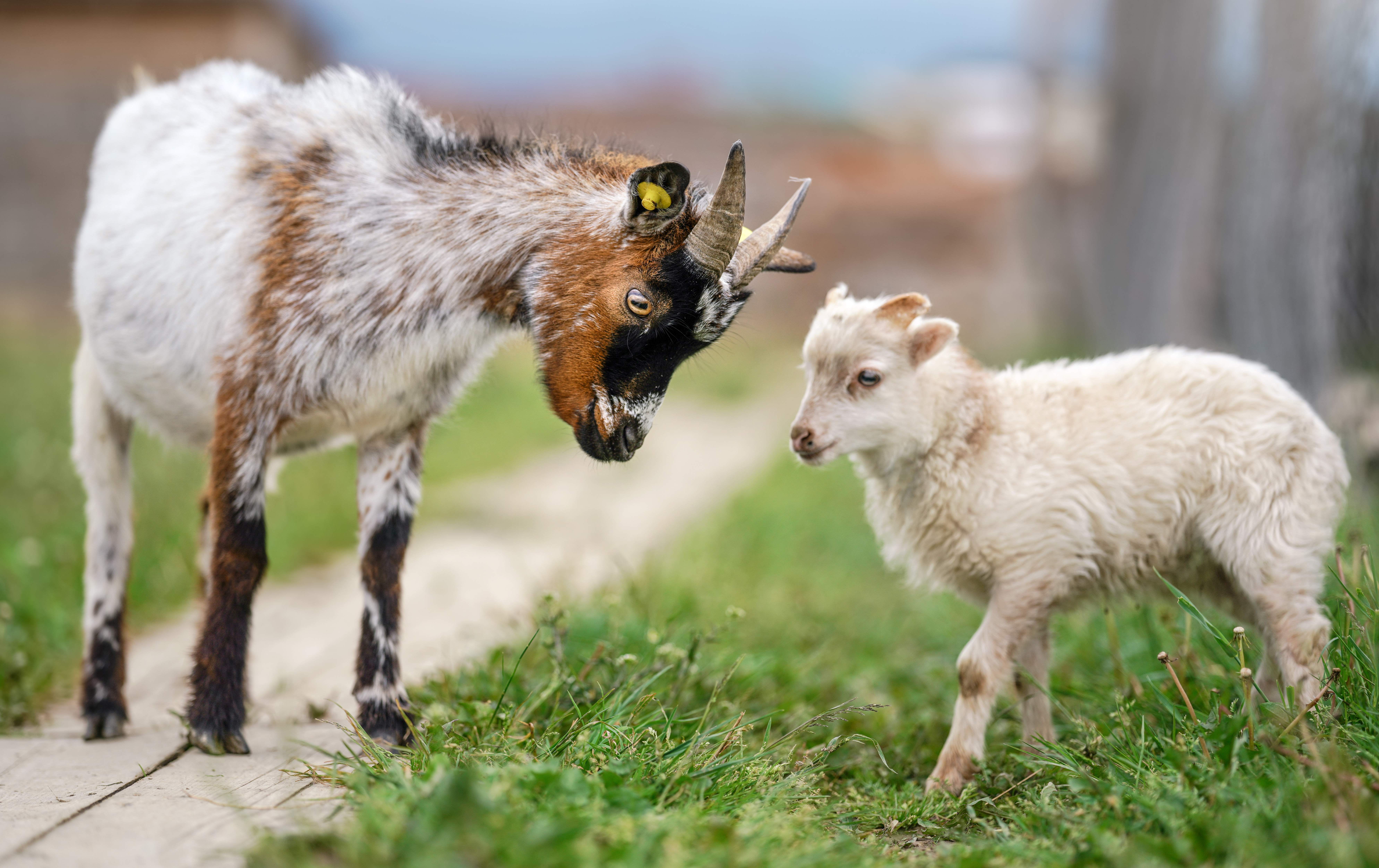
Babies develop incredibly quickly out of the womb, and it can be difficult to determine how much food to provide once they’re naturally weaned from milk by their mother. Or, if you’re feeding them formula, which can get expensive, their weight can help determine when they can begin eating hay and grass instead. Weigh them regularly on a bench scale such as our or if they’re small, then a floor scale, then a platform scale as they’re growing until they’re mature. This way, you have data to make informed adjustments to their feeding.
Meat Selling
If you’re a meat farmer, you know that healthy animals of proper weight with a nice balance of fat and muscle produce the best meat. Besides that, though, once your livestock has been butchered, the meat itself is sold by weight, which requires the use of a trade-approved scale.
Our helps you set prices per weight and can store them in the scale’s memory to be recalled later. In case you sell items other than meat at a farm shop or farmers market, or multiple kinds of meat, the Swift can hold up to 161 prices in its memory. With displays on both the front and rear for weight, unit price and total cost, both you and your customer are kept well-informed on how much they’re receiving.
Methods of Weighing Farm Animals
The traditional method of weighing farm animals is not really to weigh them at all, but essentially to guesstimate based on their size and measurements. You could measure the circumference of your dairy cow or goat, for example, from just behind their front legs straight around their upper belly to the back, as if the measuring tape is a belt. Then, measure the length from the cow or goat’s chest diagonally to the top of their tail. The calculation to determine their weight would be the circumference multiplied by the circumference, then multiplied by their length. After you get that number, divide it by 300.
(Circumference x Circumference x Length)
_______________________________________
300
Pig measurement is slightly different due to their more rotund frame – measure the circumference around the upper belly, then measure from behind the ears to the base of the tail. Then, multiply the circumference by the circumference, then by the length, and divide by 400 instead.
(Circumference x Circumference x Length)
_______________________________________
400
That’s quite a bit of math and to perform those measurements on each of your livestock would be incredibly time consuming. Luckily, modern weighing scales take all the calculations off your hands. They’re also incredibly versatile and can help with more than just basic weighing.
Other Applications for Weighing Scales
Checkweighing is an excellent application for any livestock farm, particularly if you have set standards you wish to maintain. If you know, for example, the minimum and maximum weights a healthy goat can be, you can set those as low and high limits on your floor or platform scale.
If any of your goats are lower than the minimum weight, the display will turn yellow and if any are heavier than the maximum weight, the display will turn red. Now you know which animals to provide specialised care immediately, without having to spare too much attention to each individual result. Our or our both offer extra features for easier checkweighing.
A dynamic/animal weighing feature is a must if you know your livestock won’t stand still long enough for a stabilised result. Dynamic/animal weighing takes the average weight over a set time, which helps accommodate for the movement. Our PT Platforms and offer a dynamic/animal weighing application.
Best Practices for Weighing Livestock
Before you throw yourself into weighing your livestock, here are a few tips to help make it easier.
Regular Weighing Schedule
Weighing infrequently isn’t going to provide much help, as the goal should be to catch livestock that are becoming an unhealthy weight before it becomes an issue. Ideally, you would weigh livestock every few weeks, at least, so you can establish a dataset, timeline and track their progress if necessary.
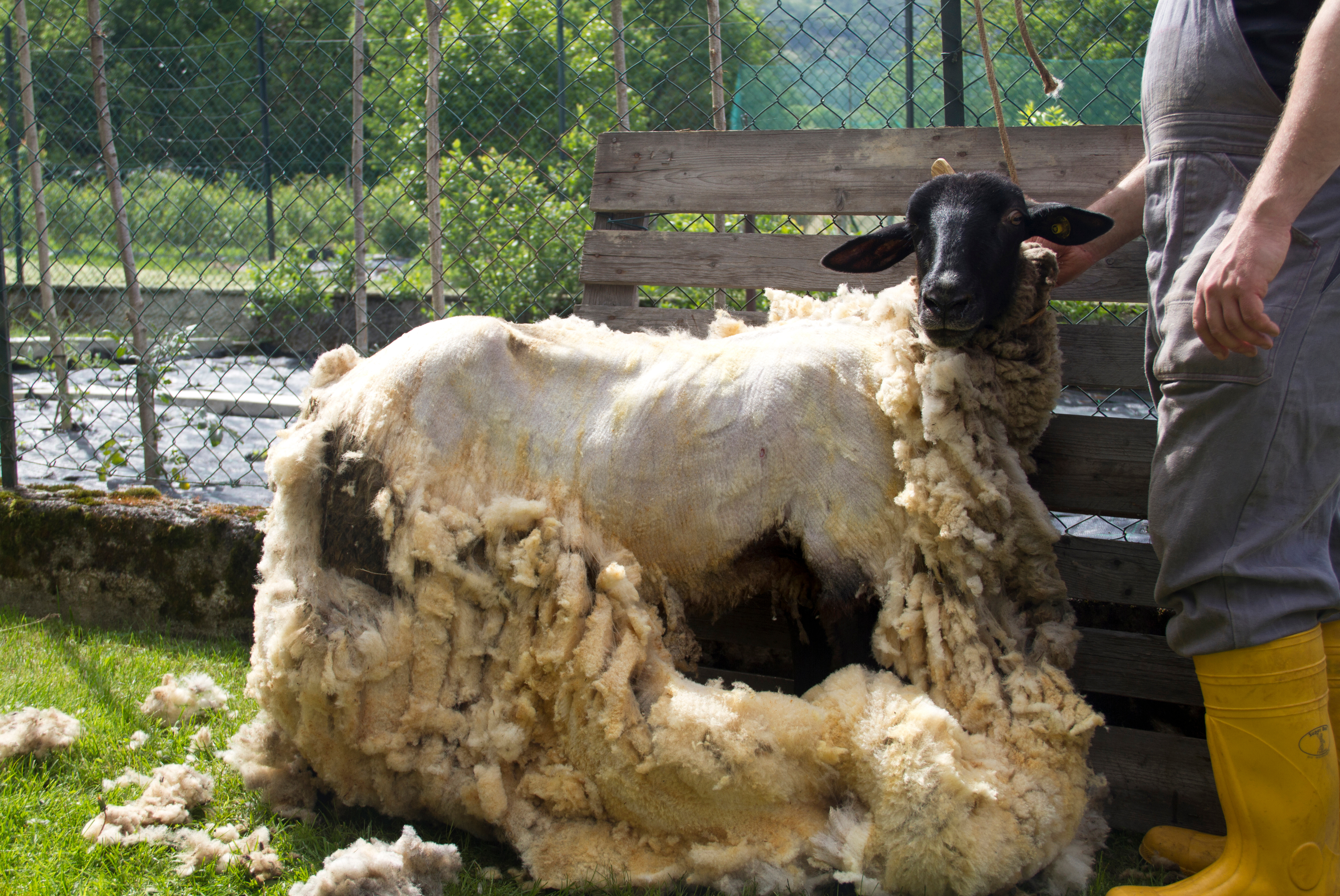
Sheep, for example, grow thick and coarse wool throughout the year, which significantly changes their average weight. If you were to weigh the sheep once after shearing and only again right before shearing, you might be concerned why they’ve all gotten so much heavier. Weighing at least once a month ensures that you’re taking this into account and you’re establishing a new average regularly.
Proper Handling Techniques
Some livestock may be fine standing on a scale, while others will be a bit harder to control. If that’s the case, we recommend placing feed on the scale, taring out the weight, and allowing your livestock to eat while they’re being weighed. This keeps them preoccupied and, hopefully, still enough for a proper weight reading.

Data Recording and Analysis
We recommend storing weight records on your computer, rather than writing on a document by hand. There’s less of a chance of it being lost, destroyed or messy handwriting mixing up one number for another. We offer software that can be downloaded onto your computer and connected to any of our scales and balances via the RS-232 interface. AdamDU performs real time analysis on your results, supplying deeper insights than you might be able to obtain from raw data.
Equipment Maintenance
Remember to calibrate your weighing scales at least once a year, to guarantee that you’re getting accurate results every time. Bench and floor scales will likely require finer-tuned calibration weights, while our platform scales must be calibrated by kilogram M1-class weights to make sure that even your heaviest livestock are accurately weighed.
If you’re wondering which scale is right for your farm, contact us and we’ll be happy to help.





